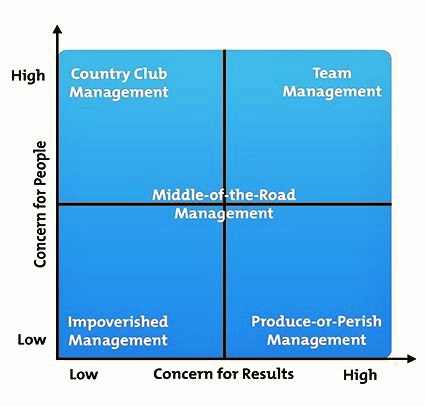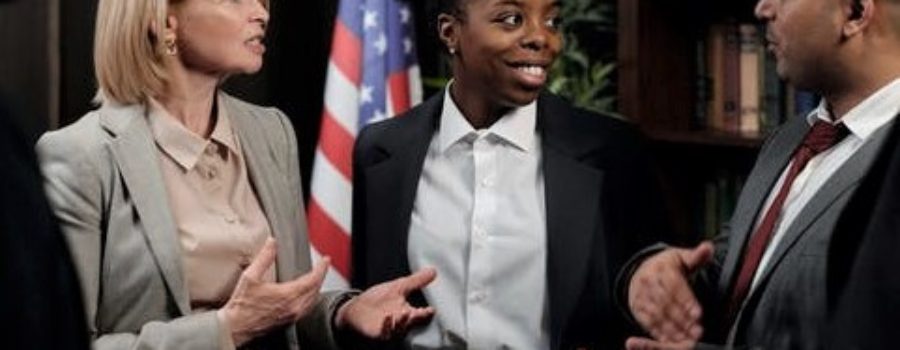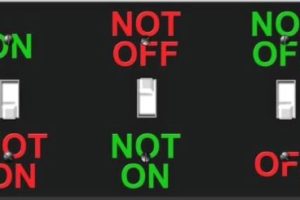How does leadership lead in the face of uncertainty and fast moving changes? Changes often happen quickly and are sometimes right around the corner. The COVID situation in the USA through August 2020 has certainly demonstrated that.
For example, who would have thought three or four months ago that the Dow Jones average would be within 5% of its all time high, or that kids would be back in school, or unemployment would be pushing single digit territory? *US Department of Labor
Yet, here we are. How does leadership lead in the face of rapid change?
I personally think that the Blake-Mouton model is the straight and narrow path to exercising leadership authority in turbulent times. This well-known leadership model has two underlying behavioral dimensions: (a) concern for the results and (b) concern for the people doing the work:
- Concern for Results: This the degree to which a leader emphasizes concrete objectives, organizational efficiency and high productivity when deciding how best to accomplish a given task. Leaders with this style give instructions, take time to plan, highlight important deadlines and provide very clear direction on how to get things done.
- Concern for People: This is the degree to which a leader considers team members’ needs, interests and areas of personal development when deciding how best to accomplish a task. Leaders with this style are relationship oriented. They are mindful of others feelings and work to build and keep trust on their teams. These leaders encourage teamwork and provide transparent communication when they can.
How a given leader adapts to handling rapid changes depends upon their default personality position and their intention to lead. This means regardless of the circumstances, they play the hand they have been dealt to the best of their ability.
Blake and Mouton defined five leadership styles (from Mindtools.com as illustrated below.)
 From “Leadership Dilemmas – Grid Solutions,” by Robert R. Blake
From “Leadership Dilemmas – Grid Solutions,” by Robert R. Blake
Which best describes where your organization is and where you think it needs to be today?
1) Impoverished Management (Deer in the headlights)
These leaders are mis-matched for the level of authority given to them. We should explore how and why they were put into a position of leadership to begin with. Was it for the right reasons and are those reasons still valid? They tend to do the minimum required and invest very little in working relationships. Accountability, or the lack of, usually had a hand in “developing” the impoverished leader. This is not to say they aren’t valuable to the organization in a contributor role; they are just more than likely not a good fit for their current job.
2) Produce-or-Perish Management (I feel like a number)
This type leadership style typically views associate workers as a means to an end with very little emphasis on relationships. Hitting the number is all that matters. Sometimes that is just the nature of their industry. Other times leaders actually think their ‘tuff love’ is helping somebody grow. This style may work for a season, but will almost certainly run off star performers once a new opportunity presents itself. The net effect of this style is to build a team of stressed out under-performers that may be laden with drama. There are times when this style can be very appropriate, but when seen as the operating system 100% of the time, be prepared for the word on the street to be negative.
3) Middle-of-the-Road Management (Conflict avoidance)
This is a compromise approach, hence the ‘middle of the road’ name. In this style, the leader tries to avoid conflict with associate workers at the same time they push for results. The major downside is that it may come off as a half measure. In this case, both results and relationships may suffer. Sometimes the hammer must be down, but doesn’t need to be down all the time.
4) Country Club Management (Keep everybody happy)
Leaders that exhibit low concern for results and high concern for relationships are considered to have a ‘country club’ style. They may pay a great deal of attention to the well-being and harmony of associate workers, but may be reluctant to drive the team when needed. They may also be reluctant to make tough decisions or have difficult conversations which may be required. In short, they desire to keep everybody happy. This type of leadership style may lead to low results. It can also negatively impact morale for some workers who are expecting their leaders to make the right call at the right time.
5) Team Management (Let’s roll)
Having high concern for results and high concern for working relationships is often the most effective leadership style. It builds trust on the team. This style seeks out opinions and involves associate workers in the decision-making process. Workers may not agree with the leaders direction, but they understand why the leader is taking action and can respect the leader for making a reasoned decision. If two people are tasked with feeding the dog, the dog starves. This leader leads and their dog gets fed. This is much more of a whole person approach, and as such, likely to build more consistent results.
Remember as leaders, we do not have to agree with people to get business done. But we must never lose site of the fact that we are working with and through people.



